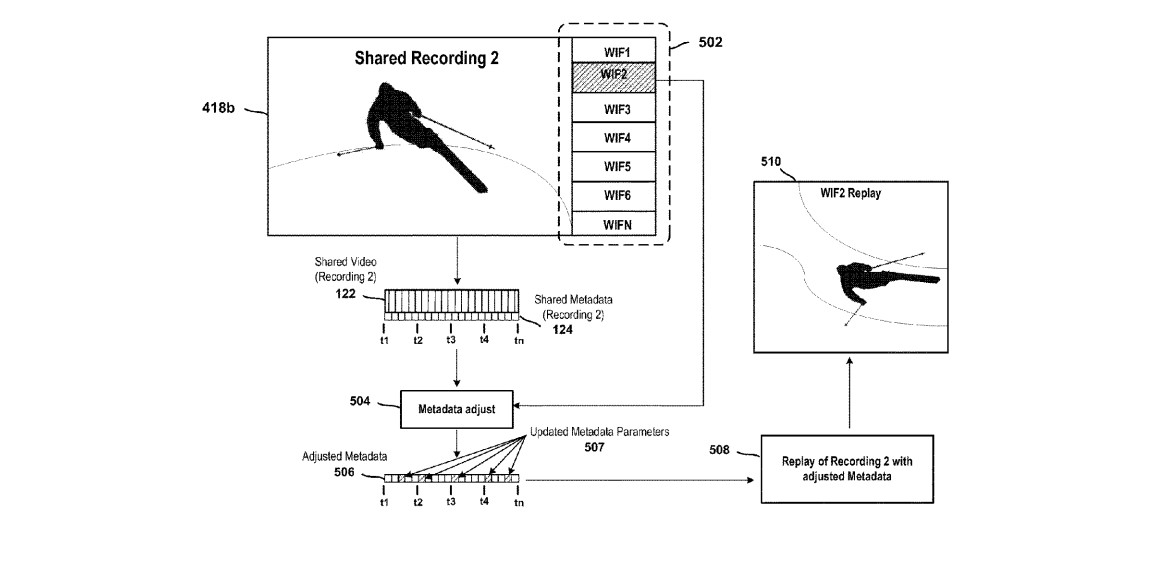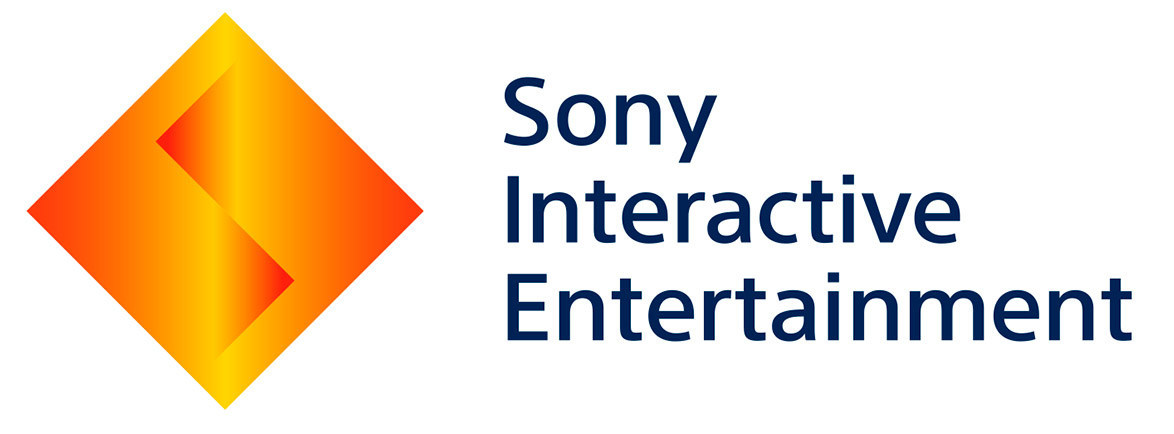Gameplay replays is not a new thing. However, have you ever wondered watching your gameplay replay that what would have happened if things would have gone differently in that replay? Well, while you can visualize all those what-if scenarios in your brain, you can’t really use them or show them to someone else. Sony Interactive Entertainment seems to have been granted a patent that explains “what-if gameplay methods and systems” using original gameplay videos and machine learning.

Methods and systems are provided for generating an out-come of a previous gameplay. ‘he method includes providing access of a recording of the previous gameplay, the recording is one that was shared by a player for the previous gameplay. The method includes providing an interface that identifies one or more what-if scenarios for the previous gameplay. The one or more what-if scenarios being selected for inclusion into the interface is based on processing the recording of the previous gameplay through a machine learning model to identify what-if scenarios for the user, and options for what-if scenarios are provided to the interface.
The method includes enabling the selection of at least one of the what-if scenarios from the options. The selection causes an adjustment to metadata associated with the recording of the previous gameplay. The method includes replaying the recording that was selected using the adjusted metadata to generate the alternative outcome of the previous gameplay.
Now if you are wondering how it can be useful? Well, for one it can be quite useful in Esports scene and competitive gaming as alternate scenarios of already happened events can be a great source of learning. The patent describes machine learning as a primary method to produce the new “What-If” scenarios from the original clip.
I don’t think I have seen this concept implemented by anyone before. If this concept does get implemented, it will indeed be a fun and informative way to solve all those what-if scenarios in our heads. If you want to learn more, you can read the details in the patent document yourself.

